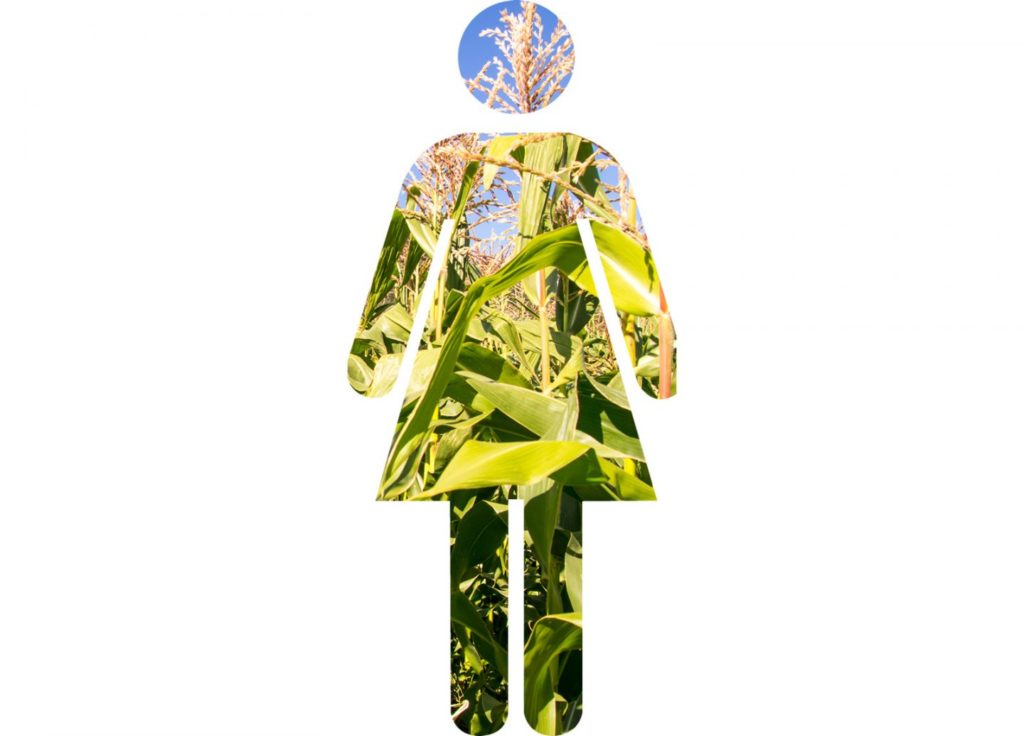
In the Washington, DC, metro area, the local food banks are swamped. Loudoun County, a half hour away or so, is the wealthiest county in the United States, at least if measured by median income. For the first time ever, its food pantry is providing free food. It will feed some 2000 families this week. The same story goes for the other nearby wealthy counties, Montgomery in Maryland, Fairfax in Virginia. Food insecurity is on the rise here.
The past week’s news stories of people seeking food more often than not profile women. On the one hand, it’s the season. Thanksgiving is in a couple days. Winter is looming large, as are Christmas and other Festive Season holidays. This year, the stories are of women who had jobs, good jobs, well paying jobs, who break down into tears as they stand, for the first time, in food lines at soup kitchens, or at fast food emporia, seeking jobs that would have been unacceptable a few years ago. Readers and viewers shake our heads in sympathetic dismay, and we sigh.
The story of food security and food insecurity is more than a story of hunger, of lack. It’s a story of food from field to fork, as Raj Patel has argued. Where are women in the rising swamp that is our current food situation?
Women produce about half of the world’s food and own about two percent of all land. In the United States, women own 7% of all farms, their numbers doubled between 2000 and 2007. Women are the fastest growing demographic group among farmers in the United States.
Last Friday, the United States Senate voted to settle a claim by Black farmers against the United States Department of Agriculture. Those farmers, the ones still alive, will receive $1.5 billion. It sounds like a lot. It’s not. On one hand, this case started in 1997, when Timothy Pigford, a North Carolina Black farmer, sued the USDA for discrimination. In 1999, the Clinton administration came to a settlement. Then it was `discovered’ that thousands of Black farmers were left out of the initial deal. And so, eleven years and how many dead Black farmers later, we have a deal. Meanwhile, in 1910, Black farmers owned more than 15 million acres of farmland. In 2005, that number was 1 million.
A similar story holds for women farmers. In October 2001 Rosemary Love and nine other women farmers sued the USDA Farm Service Administration, FSA, for discrimination, dating back to 1981, in loan making practice. That case is still pending. One of the stories of women denied loans begins in … Loudoun County:
“Lind Bara-Weaver’s difficulties with FSA began in 1984 when she sought to obtain an FSA loan in order to purchase and operate a 16.5-acre farm where she planned to raise Welch ponies, holly trees and worms. Ms. Bara-Weaver was repeatedly refused loan applications by FSA staffat the Loudoun County, Virginia office. She was told that there were no loan application forms or loan funds available. Yet Ms. Bara-Weaver’s husband was able to obtain a loan application during this same time period by simply calling the FSA office and requesting that an application be mailed to him. She tried to obtain a farm loan from FSA again in 1988, but to no avail. After some difficulty, she was able to obtain an application, but was told by the FSA loan officer for Loudoun County that women could not run farms. The loan officer also called her patronizing names like “cutie” and “honey,” and made sexual advances toward her. While making a visit to her farm in order to appraise it during the loan review process, the loan officer again made sexual advances toward her, which she refused. Her loan application was subsequently denied. Ms. Bara-Weaver lodged a formal complaint with the FSA state office in Richmond, Virginia, and with the USDA Office of the Inspector General in Washington, D.C., but never received a response to either of her complaints. After her husband’s death, Ms. Bara-Weaver relocated to Florida and sought again to apply for a farm loan from FSA. She visited the Flagler County, Florida FSA office a number of times in 2000 before she was finally able to obtain an application form. When she submitted the completed application in person to the Flagler County office, the loan officer asked her how she expected to farm without a man around, and then he threw her application in the wastebasket right in front of her.”
Loudoun County is the wealthiest county in the United States. When you read about `food insecurity’, when you read about local food banks being swamped, remember Lind Bara-Weaver, of Loudoun County, and all the women farmers and Black farmers who have struggled for decades to provide us with food.
(Image credit: Oregon Tilth)